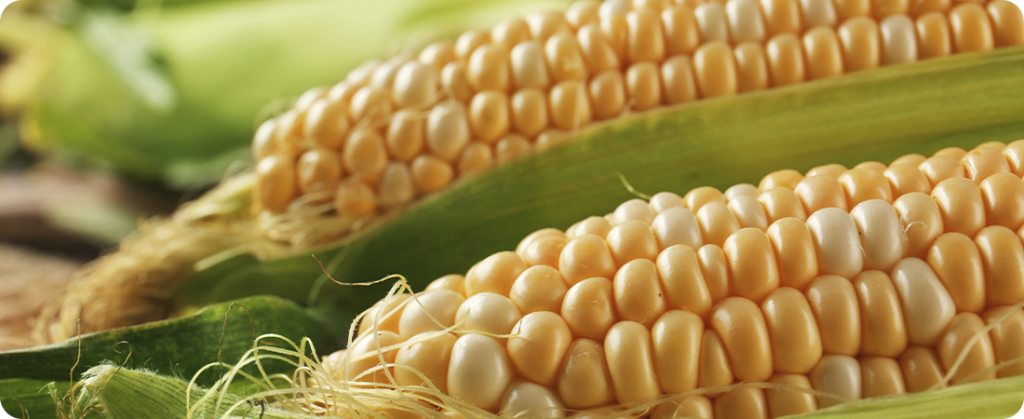
In the most recent weekly bulletin released by Conab, it is possible to observe that the current conditions of corn plantations are being significantly influenced by climate fluctuations that have affected several regions of the country. Special attention is directed to the South Region, where excess precipitation is already causing significant impacts for farmers.
According to Portal Agrolink meteorologist, Gabriel Rodrigues, in Minas Gerais, where the planting process is in the early stages, it is predominantly concentrated in irrigated areas focused on seed production. However, it is in the state of Rio Grande do Sul that concerns are intensifying. Recent rains in the state have prevented robust progress in planting. Many producers report a decrease in plant density, attributing this to germination problems caused by excessive rainfall. Carrying out appropriate cultural practices has become challenging in several areas of Rio Grande do Sul.
Rains and turbulent weather affect corn planting in Brazil
The ideal time window for planting is closing, however, as the rains continue, apprehension among farmers increases. The persistence of precipitation is leading to the need to redirect many areas initially destined for corn to soybean cultivation, as it has a more flexible planting cycle and is more resistant to climate variations.
On the other hand, in Paraná, we observed a more optimistic scenario. More than half of the area planned for corn cultivation has already been sown, and most of the crops are in good condition. However, we cannot ignore the impacts of the heavy rains that occurred at the beginning of the month. In some mesoregions of the state, there were failures in corn germination due to these adverse conditions.
Santa Catarina follows Paraná in terms of progress, with planting advancing efficiently in all regions. Increasing pest pressure is crucial, even though most crops appear healthy. Among the most worrying are the leafhopper and thrips, which have required increased attention from agronomists and farmers.

Corn sowing numbers in the South Region are gaining prominence, especially when comparing the progress of the current 2023 harvest with the performance of the previous harvest, in 2022.
In a general analysis, considering a group of nine monitored states, it is observed that the sowing percentage on September 18 of the 2023 harvest was 15.0%, progressing to 18.3% on September 24, with operations concentrated in areas of the southern region. In the 2022 harvest, this average was 19.3% for the same period.
Paraná leads in planting the 2023 harvest, while Santa Catarina and Rio Grande do Sul are delayed

In Paraná, the 2022 harvest recorded a percentage of 47.0% of planting up to the same date. For the current harvest, on September 18, this number was 42.0%. However, in one week, there was a significant increase, reaching 58.0% by September 24th. Thus, the state shows an accelerated pace compared to the previous year.
In Santa Catarina, data shows a slower pace for the 2023 harvest. Still on September 18, farmers had harvested 23.0% from the area, and this number increased to 43.0% on September 24. In comparison, the 2022 harvest already had 48.0% of the area harvested in the same period.
Rio Grande do Sul, in turn, also has a delay in sowing the current harvest in relation to 2022. In the previous harvest, 52.0% of the area was planted up to that date, while in the current harvest the numbers were 45.0% on September 18th, with a slight increase to 46.0% on September 24th.
In general, Paraná is advancing at an accelerated pace in planting, Santa Catarina and Rio Grande do Sul are taking longer to plant compared to the previous year.
Source: Gabriel Rodrigues and Aline Merladete | agrolink












